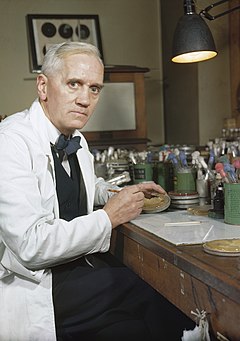We know the role of microbes in agriculture both beneficial and harmful. It is quite interesting to know fungi are reared as farms. Ants belonging to different genera use plant chewate as a substrate to grow fungi as farms and graze them. Same thing is practices by marsh snail Littoraria irrorata.
Source and for further reading:
http://schaechter.asmblog.org/schaechter/2015/11/a-snippet-who-invented-agriculture-the-ants-or-the-bees.html
http://www.pnas.org/content/100/26/15643.full.pdf
Source and for further reading:
http://schaechter.asmblog.org/schaechter/2015/11/a-snippet-who-invented-agriculture-the-ants-or-the-bees.html
http://www.pnas.org/content/100/26/15643.full.pdf
Leaf cutting ants growing fungus. Image source: http://www.harunyahya.com/image/miracle_in_the_ant/atta1.jpg





